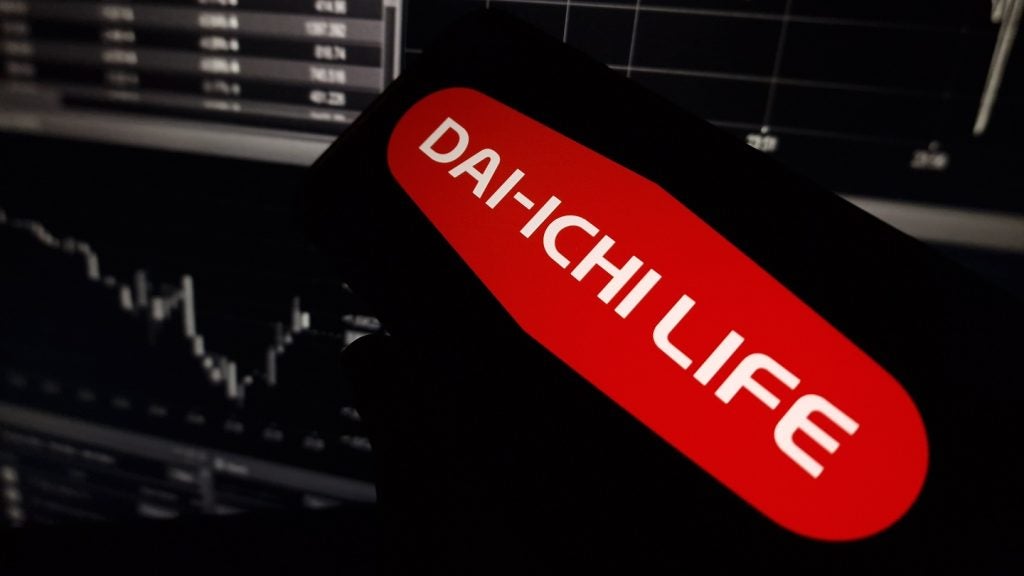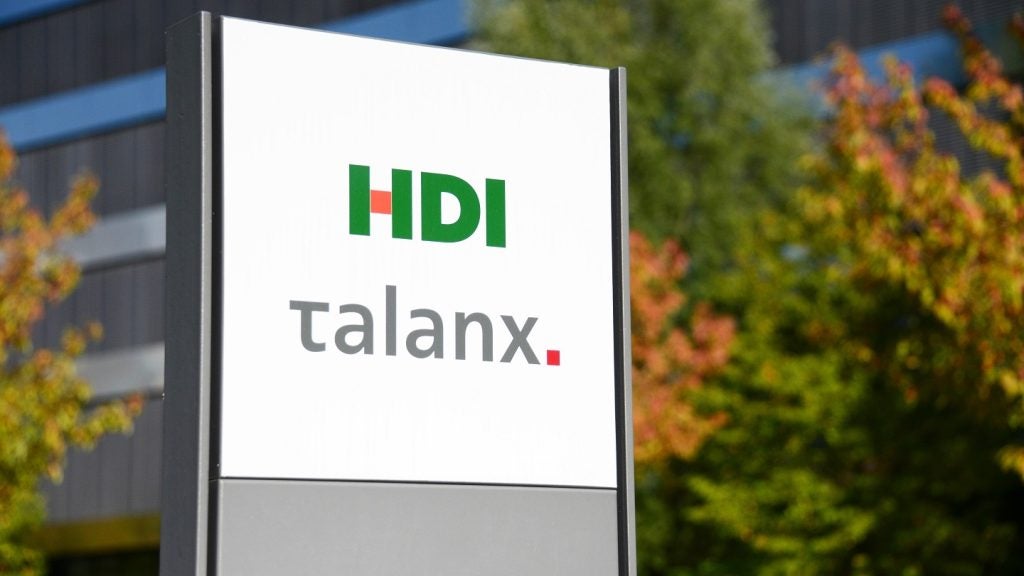
Turbulent financial and economic conditions adversely affected the French life market’s performance during 2009-2013. However, the recovery of European countries from the financial crisis, government reforms in France and an improving investment environment in the country are expected to aid the recovery of the French life segment between 2013 and 2018.
There is reason to be cautiously optimistic about the prospects for the French life insurance market over the next few years, despite the challenges of low interest rates and a high tax burden impacting the market.
According to the Timetric report, Life Insurance in France, Key Trends and Opportunities to 2018, which is available at the Insurance Intelligence Center, France, has a highly developed and mature life insurance segment. In terms of gross written premium, it was the second-largest in Europe in 2012, after the UK.
A volatile financial environment, however, impacted the segment’s performance during 2009-2013 and the gross written premium of the life segment in France fell from 140.7bn in 2009 to 116.8bn in 2013.
In the context of sluggish economic growth creating a poor investment environment in the country, low interest rates made French consumers reluctant to invest in long-term life insurance saving products.
Moreover, as a percentage of GDP, the segment’s penetration rate declined from 7.3% in 2009 to 5.6% in 2013.
How well do you really know your competitors?
Access the most comprehensive Company Profiles on the market, powered by GlobalData. Save hours of research. Gain competitive edge.

Thank you!
Your download email will arrive shortly
Not ready to buy yet? Download a free sample
We are confident about the unique quality of our Company Profiles. However, we want you to make the most beneficial decision for your business, so we offer a free sample that you can download by submitting the below form
By GlobalDataDespite enduring a recent rocky period, the IIC report notes that the gross written premium of the French life segment is expected to increase from EUR116.8bn in 2013 to EUR129.3bn in 2018.
In addition, the gross written premium of the personal accident and health segment in France is expected to increase from EUR21.1bn in 2013 to EUR25.8bn in 2018.
Looking ahead to 2018, the key growth drivers for the French life insurance market include:
- A rising aging population
- Boost for the private pension system
- Reforms in life insurance tax codes
- The dominance of bancassurance
Rising aging population
Like most countries in Europe, France faces the problem of an aging population. In 2012, the French population aged 50-64 years comprised 19.3% of the country’s total population.
The country’s average life expectancy increased from 81 years in 2008 to 81.5 years in 2012. The high aging population created significant demand during 2009-2013 for life insurance products in France, especially for pension and retirement plans – a trend that is expected to continue between 2013 and 2018.
Another reason why a rising aging population in France matters to life insurers is that pension and retirement insurance is compulsory under the French social security system and its dual funding nature, making these products a vital component of French life insurers’ product portfolio.
With 50.5% of the country’s total population above 40 years of age, the aging population is therefore a primary consumer segment for leading operators in the French life segment.
Almost all life insurers provide pension and retirement savings products with little difference in terms of service or product strategy.
Boost for private pension system
The huge aging population and shrinking French workforce led to increased pension deficits in the country. By the end of November 2012, the country’s estimated annual pension cost in the country rose to 14% of GDP.
As a result, the French government was compelled to implement pension reforms in 2013. In the same year, the French Prime Minister Jean-Marc Ayrault implemented social charges, and increased the number of years of service required to be completed by an employee to benefit from the state pension system from 41 to 43, which need to be completed by the end of 2035.
Though these measures were highly criticized by analysts and trade unions, they have benefited the private pension system as many French residents were excluded from the state pension system.
Reforms in life insurance tax codes
On November 15, 2013, the French Finance Minister (FM) presented the 2013 Supplementary Finance Bill (PLFR) to the French Council of Ministers.
Under this bill the FM will aim to create new products in the life insurance segment designed to benefit the consumer portfolio, thereby gaining increased tax revenues, as high tax rates prevail for life insurance products in the country.
In addition, the Ministry introduced Euro Growth in January 2014, wherein the investor invests in a capital guarantee fund for a fixed period of eight years.
The product envisages a multi-support contract, in which an investor will benefit through income from both fixed savings and unit-linked products.
The Ministry also aims to introduce new products wherein savings are channelled towards SMEs. This is expected to reduce investment risks, and offer growth opportunities to insurers by diversifying their capital.
It is hoped that increased investments in SMEs will create job opportunities and support demand for individual insurance products between 2013 and 2018. . Hence, tax reforms in the life segment are projected to support its growth between 2013 and 2018, as well as the French economy.
Dominance of bancassurance channel
Bancassurance was the most popular channel for distributing life insurance in France during 2009-2013, despite increasing competition from direct marketing and brokers.
Bancassurance accounted for 62.7% of the new business gross written premium generated for distributing life insurance in France in 2013.
Most leading French banks, such as Crédit Agricole, Crédit Mutuel, Société Générale and BNP Paribus have set up their own insurance companies to provide life services.
As a result, leading French life insurers include several banking companies which distribute life policies through their own networks. Bancassurance is expected to remain the largest distribution channel between 2013 and 2018 due to its large coverage, consumer confidence and cost-effective nature.
Aside from these opportunities, there are also challenges confronting the French life market. These include:
- Economic issues hampering insurance market growth
- High tax rates
Economic issues hampering insurance market growth
France’s unemployment rate is expected to remain high at 11% and 10.7% in 2014 and 2015 respectively. Furthermore, general government expenditure as a percentage of GDP is expected to decline by 0.3% in 2014 and by 0.7% by 2015.
In July 2013, slow economic growth, high unemployment and an increased public deficit all prompted Fitch to downgrade the French economy from AAA to AA+, a trend which was previously followed by the Standard & Poor’s and Moody’s rating agencies.
All these factors reflected weak economic conditions in the country. As the leading French insurance segment, life insurance is therefore projected to only grow slowly over 2013-2018 at a compound annual growth rate of 2.1%.
High tax rates
The high tax burden on French residents remains a significant challenge for the French life insurance market. The statutory payroll tax in France, which applies to both employers and employees, is the highest in the world.
Payroll tax in France stood at 43% of the employee’s annual salary in 2013, while it is 30% in the Czech Republic and Spain, 11% in the UK, and as low as 5% in the US.
According to the French Finance Ministry, in 2011, over 8,000 households in the country paid effective taxes of over 100% of their incomes.
High tax rates therefore, together with low interest rates have led to low savings and investment.
Distribution trends
Bancassurance has been the preferred channel for both consumers and insurers in France, primarily due to its large demographic coverage and cost-effective nature.
The presence of large financial institutions and companies has brought leading banks to either enter into bancassurance agreements with them or to banks developing their own insurance companies in order to sell products in the industry.
The bancassurance channel is primarily preferred for distributing pension products and other savings-type life insurance products with post-retirement benefits, having accounted for 62.7% of total gross written premium new business generated in 2013.
The most common bancassurance arrangement in France is the integrated model, in which banks partner with wholly owned captive insurance subsidiaries. Crédit Agricole Assurances, for example, is one of the leading life insurance providers, includes banks such as Crédit Agricole and Crédit Mutuel, which distribute life insurance policies through their networks.
The channel is expected to remain the leading distribution channel between 2009-2013. The gross written premium new business through this channel is expected to increase from 1.4bn in 2013 to 1.9bn in 2018.
Insurers’ direct marketing of products has also increased in the French life insurance segment.
Online distribution has primarily strengthened the channel, due to increased internet penetration. The increasing number of internet-enabled mobiles and tablets facilitated the accessibility of data to perspective insurance buyers, making competition fierce among insurers.
Bancassurance and direct marketing are projected to remain the life insurance segment’s key distribution channels between 2013 and 2018.
In terms of new business gross written premium, these channels’ combined share is expected to reach 77.% by 2018.
Life insurers are also being forced to reduce administrative and customer-acquisition costs to remain competitive.
Competitive landscape
The French life insurance segment is highly concentrated, and the ten leading life insurers accounted for 86.1% of the total life insurance written premium in 2012.
The top five companies – CNP Assurances, Groupe Crédit Agricole Assurance, AXA, BNP Paribas Cardif and Generali France – together accounted for 63.4% of the segment’s gross written premium in 2012.
CNP Assurances was the leading company in the segment, accounting for a 19% share in that year.
Regulation update
The proposed implementation of Solvency II is expected to consolidate the life insurance segment between 2013 and 2018, which is expected to lead to higher capital requirements and stringent risk management standards for French insurers.
Higher capital requirements and ongoing price competition in the segment is expected to force smaller companies to either exit the segment or merge with larger companies.
Furthermore, a report published by Norton Rose Fulbright in February 2015 says in 2014, the French Financial Supervision Authority (Autorité de Contrôle Prudentiel et de Résolution or ACPR) carried out an extensive control campaign on French life assurance companies, in order to assess their compliance with procedures for the search of beneficiaries of unclaimed life assurance contracts in line with the objectives of the French Insurance Code.
In this context, the ACPR initiated disciplinary proceedings against some of the major players in the life sector, which resulted in significant pecuniary sanctions (ranging between 10-50m).
Norton Rose Fulbright also notes that a new regulation (Loi Eckert, Law n° 2014-617 dated June 13, 2014)
Has been adopted in order to raise the bar of the obligations of life assurance companies relating to the search and identification of the beneficiaries of life assurance contracts, the policyholders of which have passed away.
The report says: "Stating that the existing regulations (dated December 2007) were rarely complied with in practice and thus afforded little protection, the new regulation strengthens the duties of insurers and requires, among other things, an annual check of their stock of life assurance and capital redemption contracts (without any minimum threshold as regards the amounts invested1), in order to determine whether the policyholder is still alive or has passed away and, in such cases, to initiate beneficiary search procedures.
Mandatory collective health insurance for SMEs
According to Norton Rose Fulbright, another regulation impacting the French life insurance market are ‘ANI’ regulations in France introduce an obligation for all companies, regardless of the number of employees, to provide collective health insurance for the benefit of their employees from January 1, 2016.
This new obligation applies to 4-5 million employees and potentially to 10 million people in total (i.e. employees and their family).
The report says: " This presents a major opportunity for insurers and intermediaries to attract new clients and enter new markets. Second level legislation or professional negotiations will determine the scope and content of cover to be offered through these mandatory contracts."
A spokeswoman for CNP Assurances tells Life Insurance International that in order to drive and accelerate its digital transformation, CNP Assurances created the new function of chief digital officer assigned to Magali Noé, who will report directly to the CEO.
The spokeswoman says: "Magali Noé’s tasks will include the development of the corporate digital culture, promoting and stimulating initiatives and coordinating the preparation of a digital action plan, which will fulfil the ambitions of CNP Assurances."
Industry view: Marc-Philippe Juilliard, a senior director at Fitch Ratings in Paris
The business outlook for the French life insurance market is positive because the very low interest rate environment in France makes banking products unattractive, while the yield on life insurance policies is much more attractive.
You have plenty of savers who would rather invest in a life insurance policy instead of saving money with a bank.
If you look at what has happened in other jurisdictions and monetary zones, and particularly in the US, interest rates are still low. I would say the central scenario is that interest rates are going to remain low in the Eurozone for a while and if that is the case, then clearly we are likely to see an unchanged trend to the benefit of life insurance.
However, with the low interest rate environment, the general return on the investment portfolio of life insurance companies is falling.
Given the expected implementation of Solvency II, investing in risky assets is quite onerous for life insurers in France, so they are gradually reducing the return paid to policyholders and this return is going down 30 basis points every year.
I don’t think there will be any radical change in the types of products offered as the French market is a mature market.
What insurance companies in France are increasingly trying to do is besides guaranteed products, to sell unit-linked policies. Therefore any losses can be shared with the policyholders.
Today, the share of unit-linked polices in France is approximately 15-20%.
Overall, what we have in France is a pretty concentrated market in life insurance in the sense that the top ten players probably account for 75% of the market.
Therefore, I think the number of life companies that Solvency II will be a very significant challenge to is limited.







